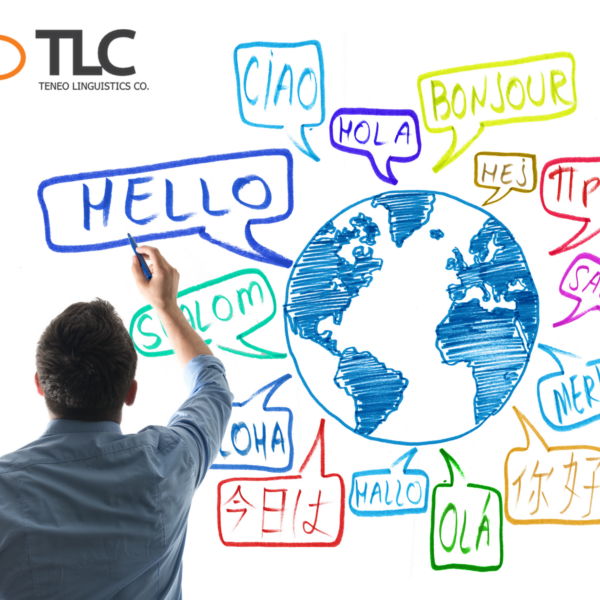4 Elements of a Successful Localization Strategy

Strategic localization is the key to success for companies expanding their business internationally, and it is far from easy. Mastering the localization process takes thorough research, intelligent partnerships, project planning, and adaptability.
Here are 4 key elements to a successful localization strategy to aid you in your international endeavor.
1. Protect Your Brand
Your company’s brand identity is at the core of what you stand for and needs to be protected across all chosen markets. It is not easy to adapt your messaging to an international market. The market research team must learn everything they can about target consumers in the new market.
What is their value system? How would your product/service fulfill their needs? What are their demographics? Take the time to meet with your team and collaborate on ideas on how your product is the innovative solution, and the best way to communicate that in the target culture.
Depending on the answers, your company may need to alter their brand statements & possibly the brand name itself through translation or transliteration. If you do choose to change your brand name for a specific market, be sure to research and purchase the trademark for it in the target country. This way, your company will avoid legal ramifications related to trademarks.
Also, research how your competitors implement localization in the same market. How do they engage with customers? How did they design their website to appeal to the new culture? What do they do that is successful in the new market and how can you apply it to your unique strategy?
2. Partner with a Language Services Provider
Businesses that involve a language services provider (LSP) as early as filing for a trademark or official establishment of one’s business presence in another country get the best results. If those steps are already behind you, consider involving an LSP as soon as a marketing and sales strategy is being developed. Writing content with translation in mind is hugely helpful to the service provider and will result in decreased costs for you.
Search for an LSP experienced in localization and that uses language professionals who are native to the target country/region. You may also need local interpreters for any on-site business dealings.
Ask the LSP what is their process for quality control, what technology they use, and whether or not they are able to ramp capacity up or tone it down depending on your needs. You are looking for quick, flexible responses that still produce predictable results. Click HERE for more valuable questions to ask LSPs.
Lastly, look for a true partnership where the LSP has one goal in mind: your success and growth. They should get to know you well and always treat you like you are their only client. It pays to have one LSP for all your language needs, so it is important you make the best choice you can.
3. Decide What Needs to be Done & When
If you are in a regulated industry, such as medical devices, pharma, or food, there will likely be a host of requirements to comply to in terms of paperwork and filing. This will determine what needs to be done first to enter the market.
Aside from any compliance issues, you also need to decide what your short, medium and long-term goals are and how to tackle them. Some companies start with translating a website while others start by going to trade shows and handing out printed materials. Deciding what needs to be done at what stage to address your local audience will determine your budget.
Examples of things that will also need to be determined will include localization elements such as using local currencies, using proper formats for date and time, addresses, phone numbers, the choice of colors, etc. These will aim at recognizing local sensitivities, avoiding conflict with local culture, language, customs, and common habits.
Not everything on your wish list needs to be done to full extent on day one. For example, a lot of companies avoid translating their entire website right away. Instead, they create a local summary version that is shorter and more agile, which they can build on later. An experienced LSP will be able to prepare a summary that will include important points to consider.
4. Set KPI’s & Measure Results
You will never know how effective your localization strategy is unless you get measurable results. These may include sales/profits in the target market, engagement on your website or local social media, interactions with customer service, positive reviews, etc.
Your company’s KPIs, or key performance indicators, will likely be different for each stage of your localization strategy. If you will be working with an LSP, you can also include this KPI: decreasing translation cost over time.
If your LSP works with the latest technology, it will allow them to reuse previously translated content, so you do not have to be charged full price for any repetitions. This also helps them maintain consistency and work faster.
Keep an eye on the results from your KPIs and adjust your strategy accordingly. Expanding internationally almost always brings surprises that are difficult to predict.





